Our guide on how nature can help you become more mindful, in turn improving physical and mental wellbeing
There are an increasing number of studies, backed by scientific research, that suggest that slowing down and being more present can help alleviate feelings of anxiety, depression and stress.
Our A to Z of mindfulness in nature explores just some of the ways that our countryside and its wildlife can improve both your physical and mental health.
A is for Awareness
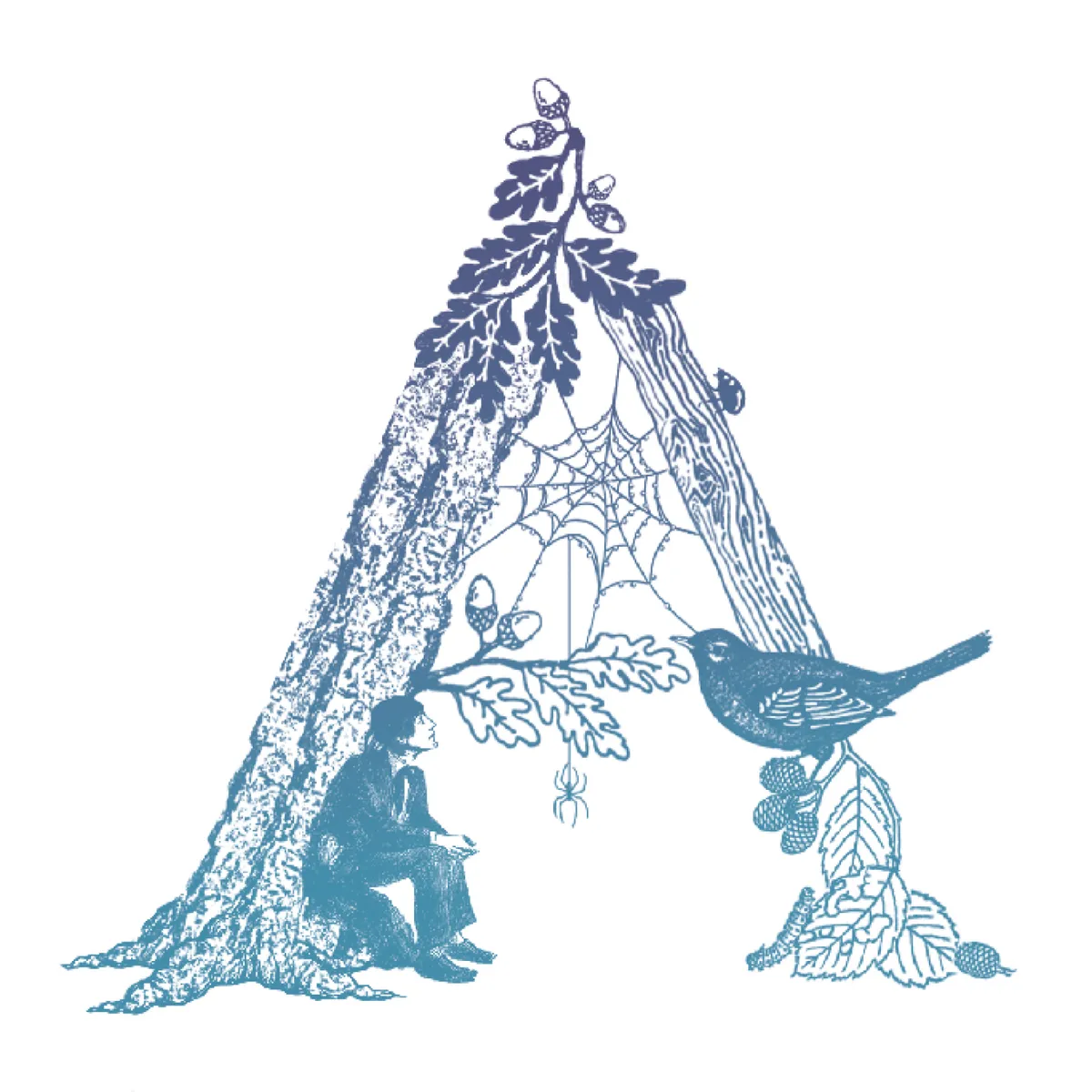
One of the most important facets of mindfulness is awareness, defined as a knowledge of something at the present time. And one of the easiest ways to be present is to focus on the small things, those very special notes of nature that are all around us, all the time.
A is for Awareness: mindfulness in nature
B is for Bivouacking
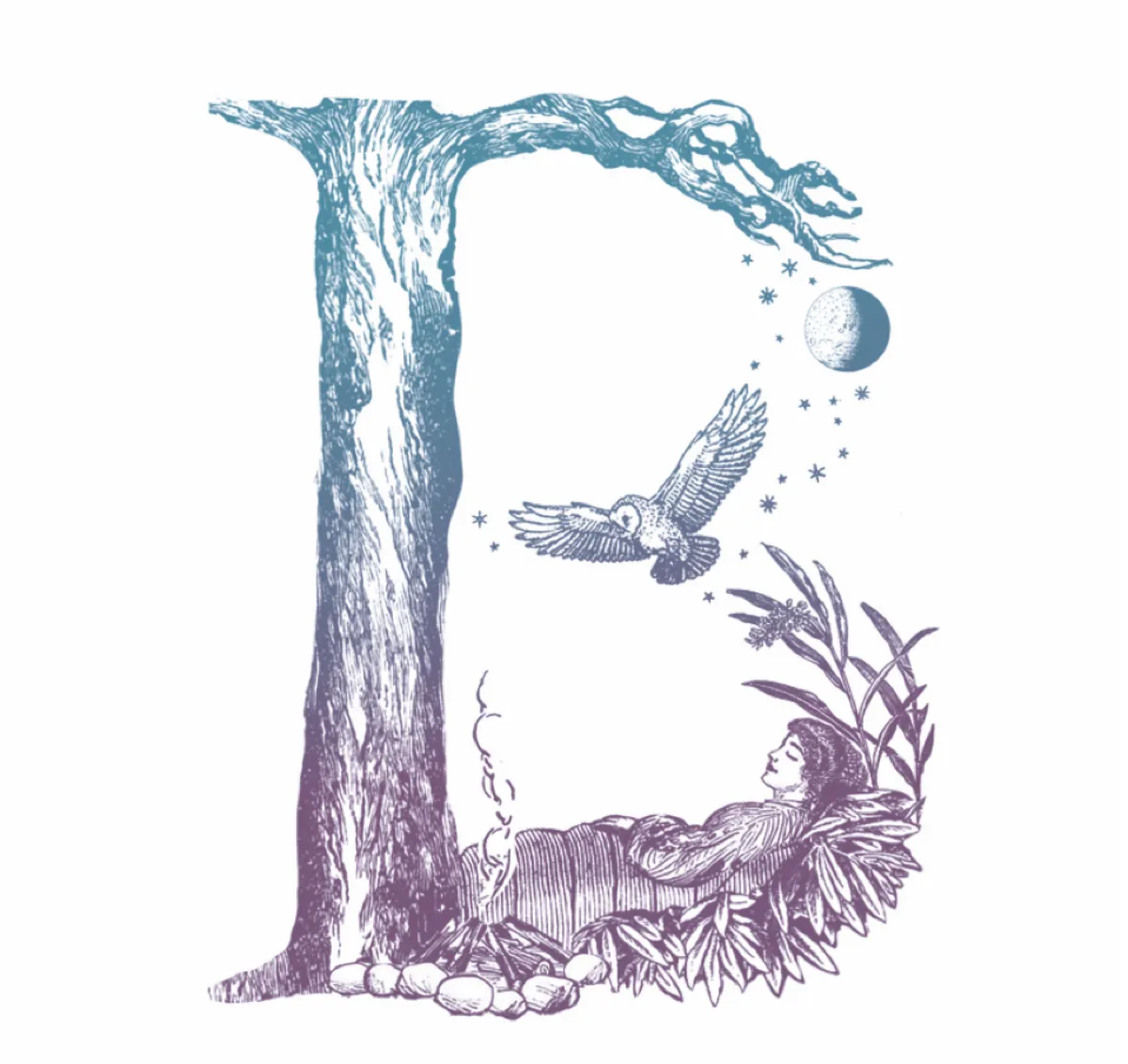
On a clear spring night, few things can beat the simplicity of falling asleep beneath the stars. It’s something we’ve done since our time on Earth began and, out in the open, as shooting stars cut the sky and owls call, that sense of a less complicated time is stirred.
B is for Bivouacking: mindfulness in nature
C is for Collecting

Sometimes a simple, absorbing activity can transform your mental state to a pinpoint of calm. Setting yourself a gentle collecting mission on each walk can help you focus on the outside world, taking your attention away from any inner anxieties and ‘things to do’ lists.
C is for Collecting: mindfulness in nature
D is for Drawing
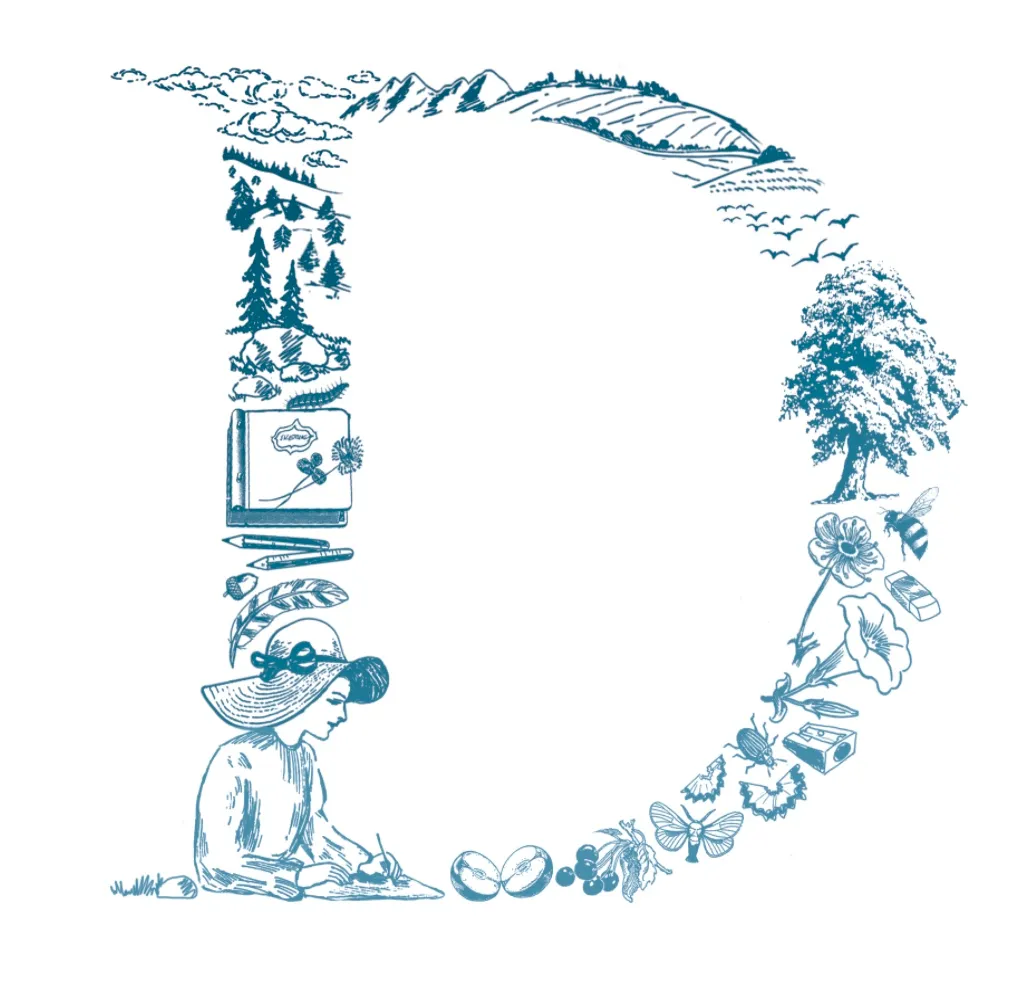
Drawing can be as simple or complicated as you like, but all it really requires is a piece of paper and a pencil. Find a quiet moment in your day to focus on sketching a landscape or object, relaxing your breathing as you draw.
D is for Drawing: mindfulness in nature
E is for Exercise
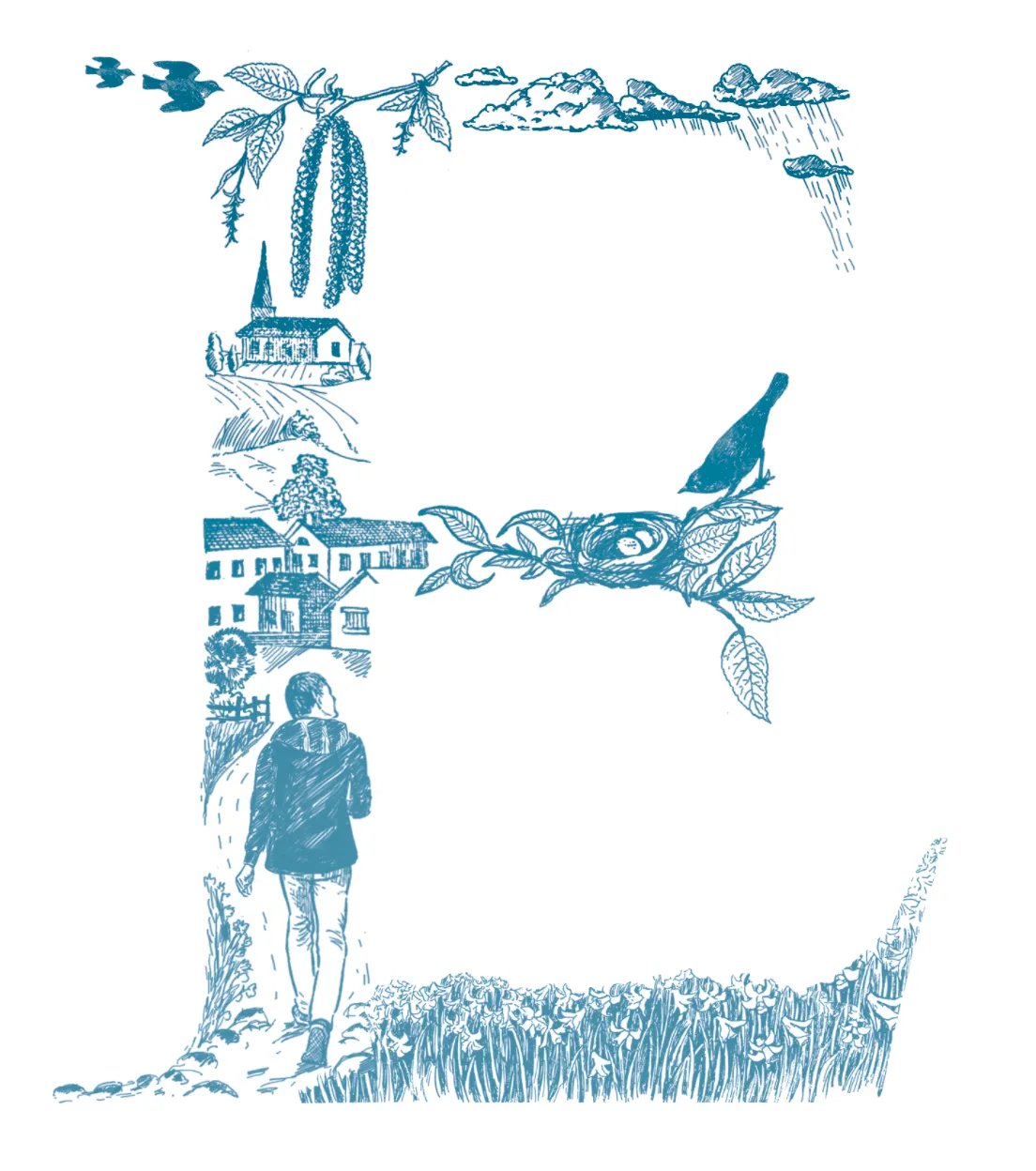
Regular exercise to improve physical health is a given. But taking regular walks to improve mental health is not so embedded. The simple act of placing one foot after another creates a rhythm with your breathing that relaxes your mind, helping you to cope with stress and solve problems.
E is for Exercise: mindfulness in nature
F is for Forest Bathing
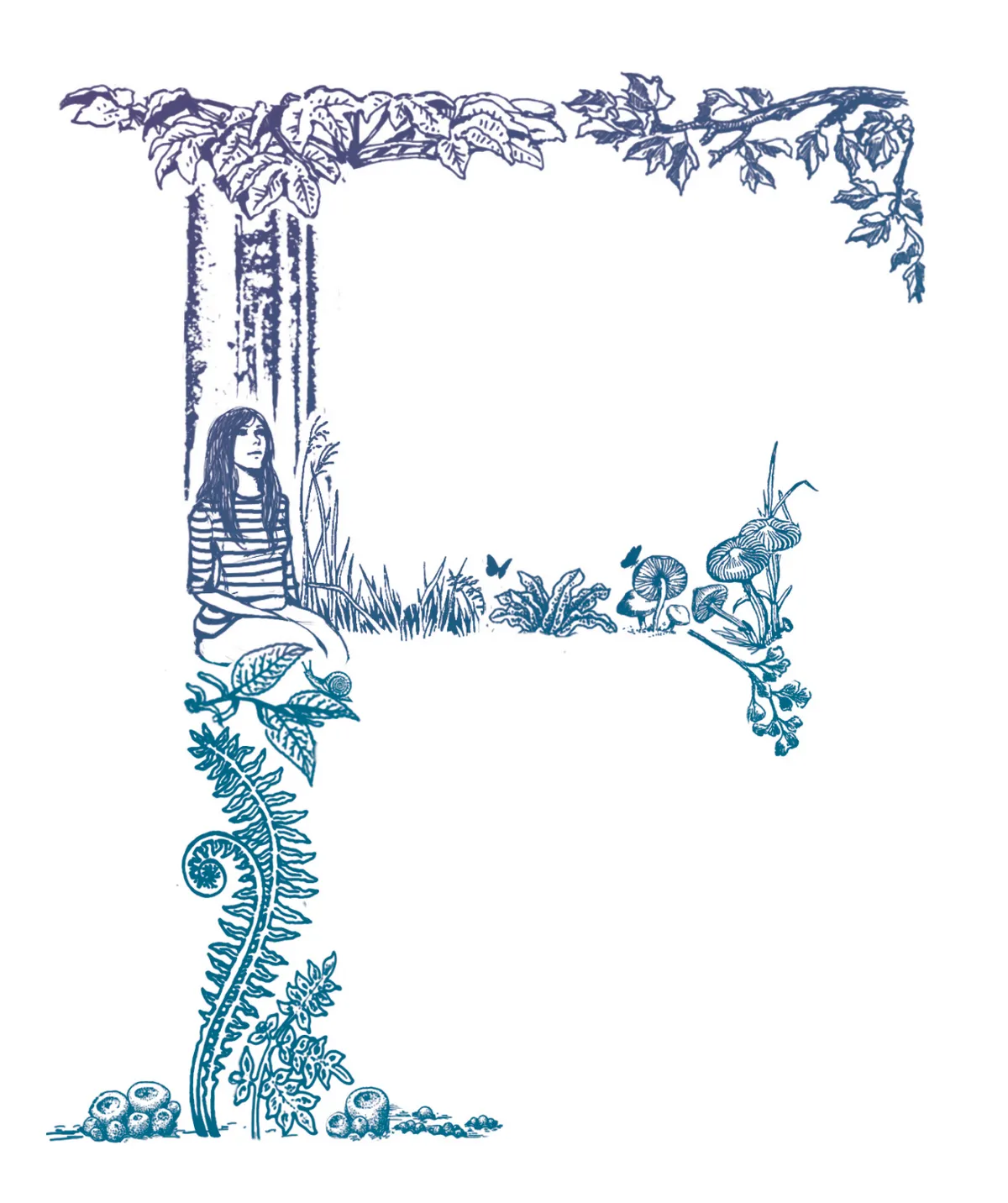
Also known as forest therapy, forest bathing encourages frazzled urbanites to slow down, relax and engage their senses with the woodland around them: the sound of the wind in the leaves, the fragrance of fern and fungus, the play of dappled light on the forest floor.
F is for Forest Bathing: mindfulness in nature
G is for Gardening and Growing

The simple process of tilling soil, creating fertile beds for flowers and vegetables, is deeply satisfying. The repetitive manual labour keeps the mind focused on the present – and also frees it to be creative or to work out problems against a backdrop of rhythmic weeding and digging.
G is for Gardening and Growing: mindfulness in nature
H is for Hammock
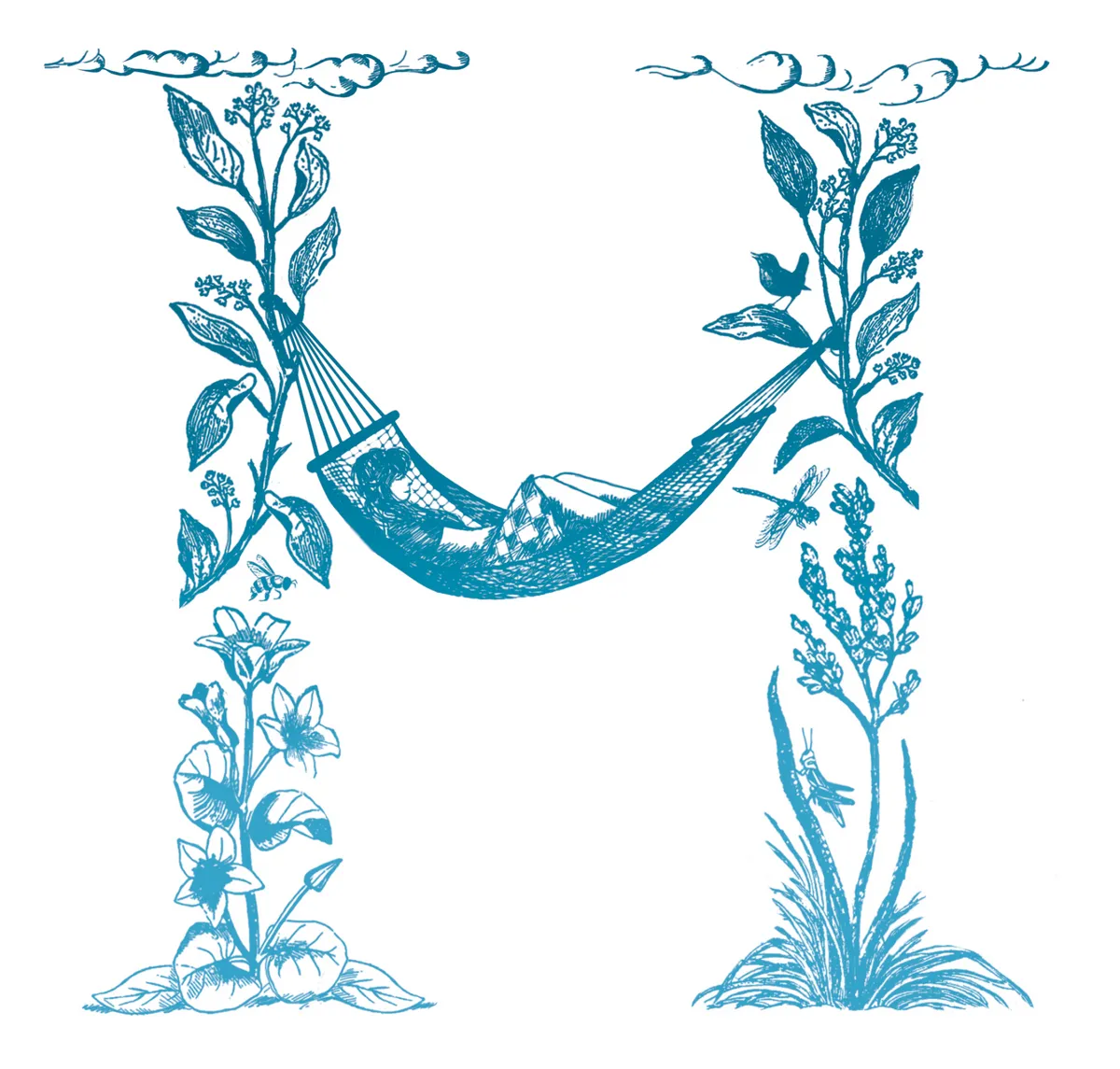
Sit back, relax and enjoy the world around you – time alone in a hammock beneath the trees can help you to be more present.
H is for Hammock: mindfulness in nature
I is for Idle
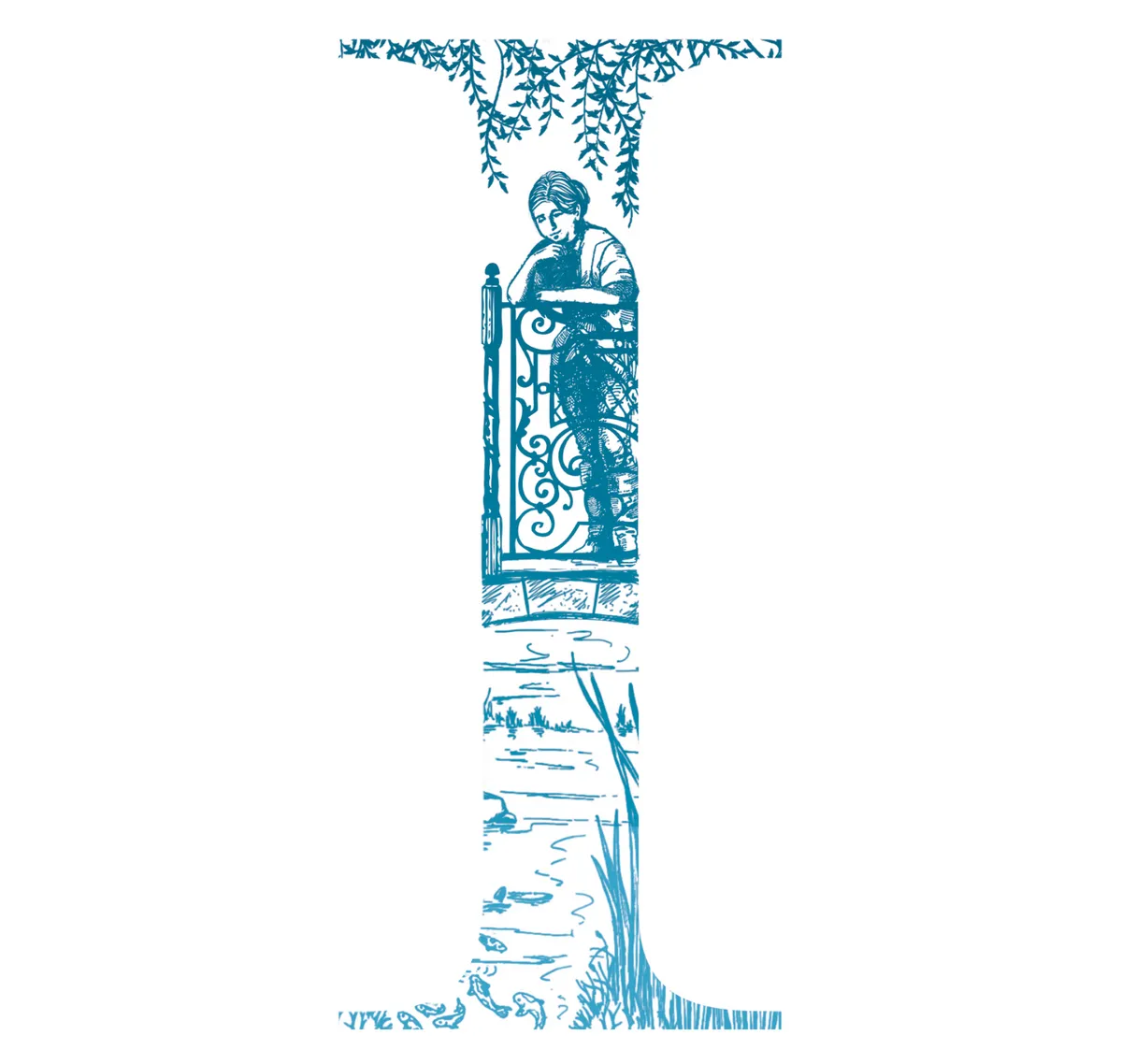
Giving a bit of time to ourselves to mooch and peruse is proven to reduce stress and improve self esteem as you take control of your time. Try not to set a time limit or a hard target on your next walk; linger over that second cup of tea in the café; gaze into a stream for that extra hour; and simply sit in the garden rather than fussing over weeds and watering.
I is for Idle: mindfulness in nature
J is for Journaling

Journaling is accessible for everyone; all you need is a notebook and a pen. Scientists say it can reduce stress, anxiety and even boost the immune system. This simple activity can be done on a walk, while sitting at a peaceful vista or in the garden, and will help you to appreciate your surroundings and the emotions they evoke.
J is for Journaling: mindfulness in nature
K is for Knitting
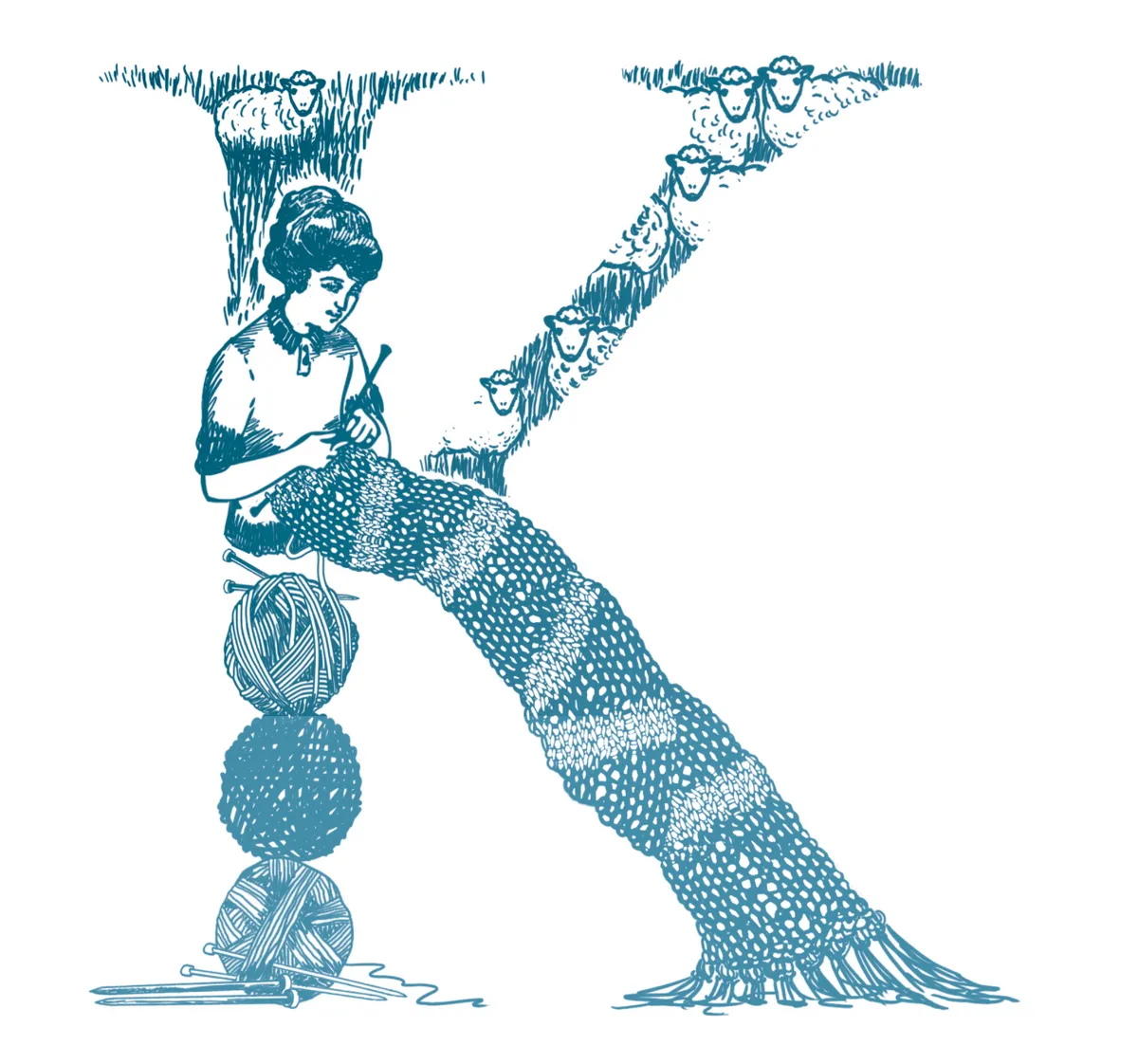
People have been knitting for centuries, and those who knit say they find it easier to stay in the moment, relax and unwind. To achieve a state of calm, stick to an easy pattern. So why not try knitting outdoors in an attempt to feel more present?
K is for Knitting: mindfulness in nature
L is for Listening
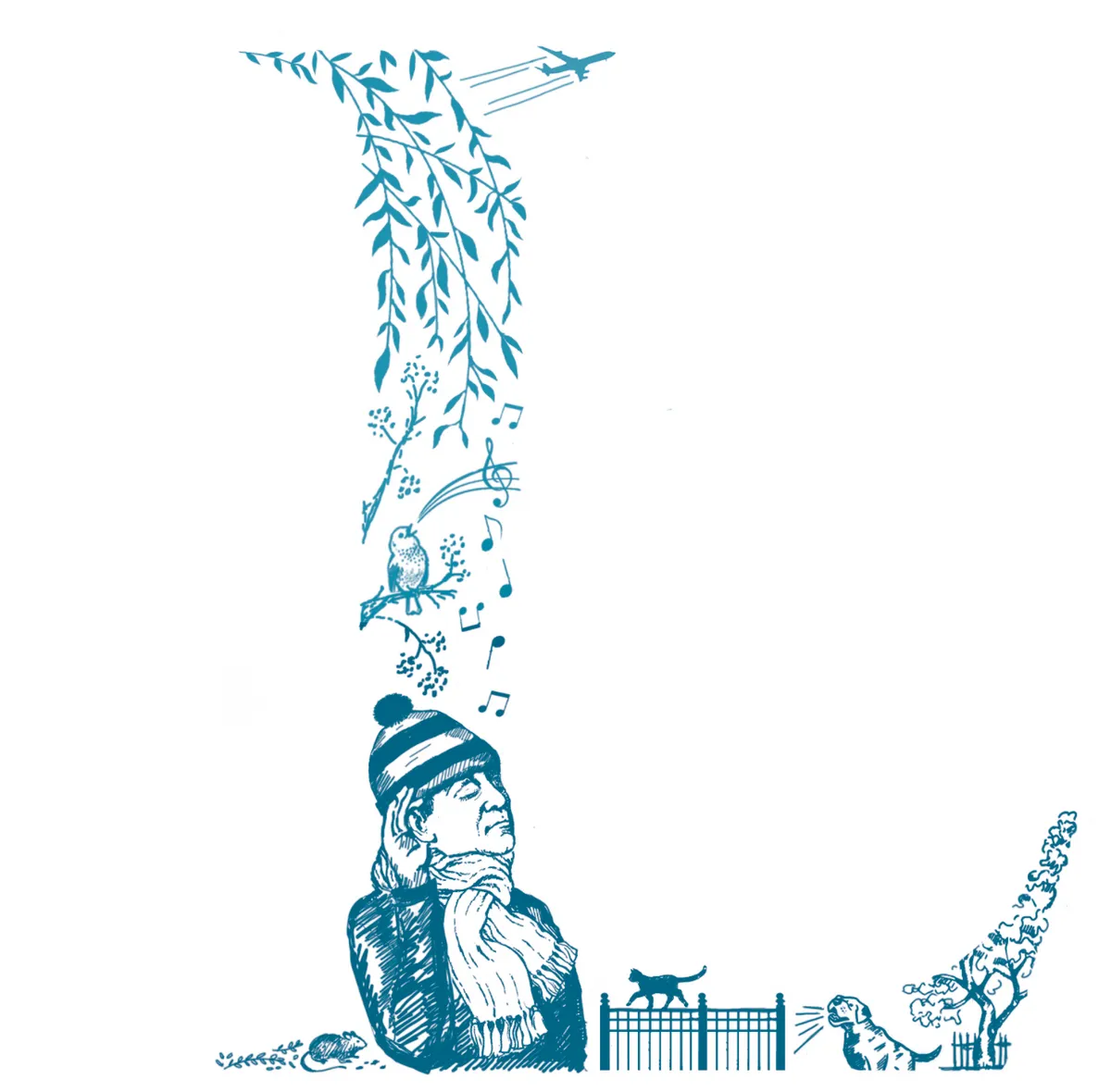
We live in a very visual society, bombarded with advertising images and social media photo apps. We sometimes forget that our other senses can help us understand the world.
L is for Listening: mindfulness in nature
M is for Mending
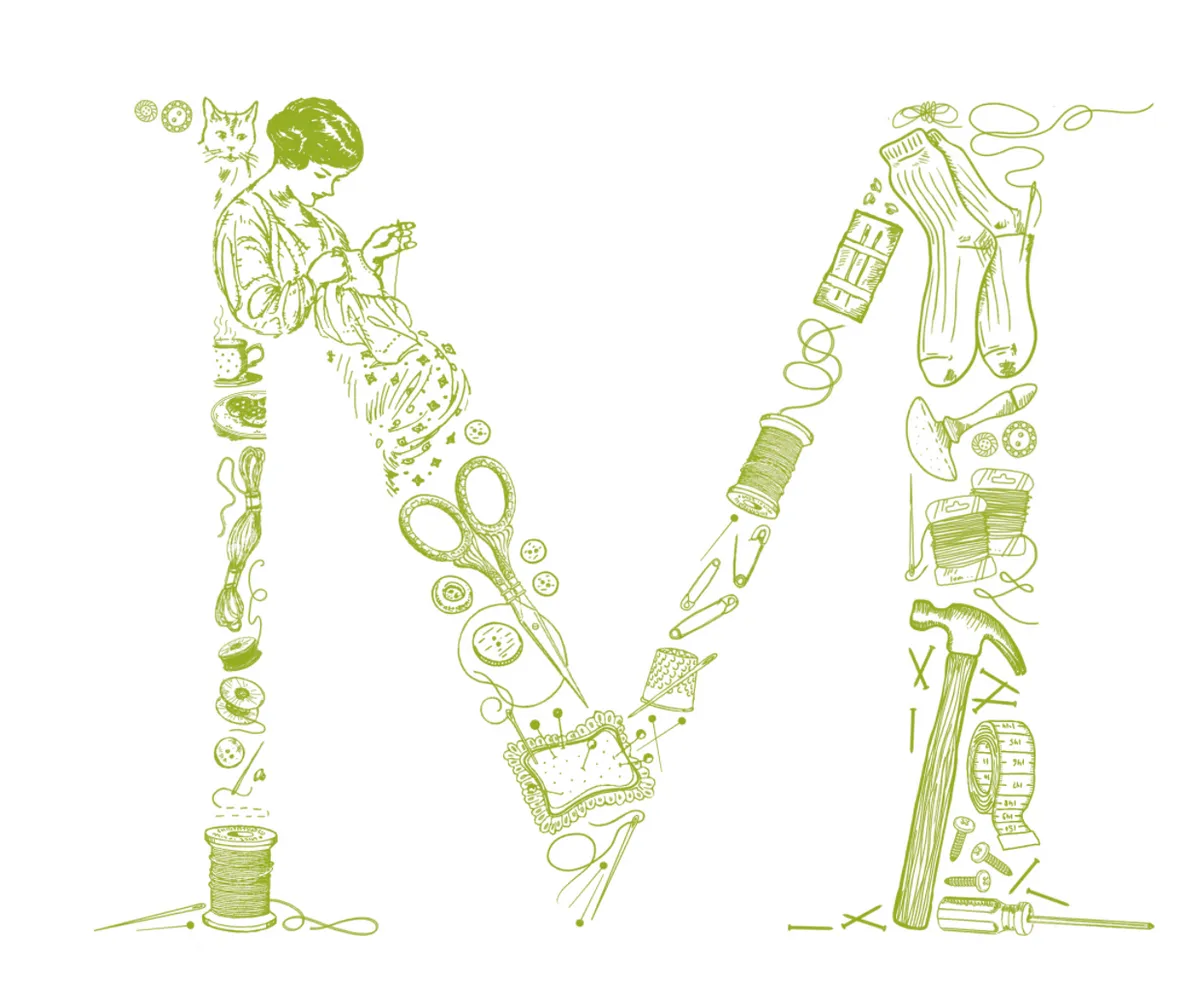
We explore how fixing things not only aids with your repairs but how it helps you to be more present, too.
M is for Mending: mindfulness in nature
N is for Night Walking

The nocturnal countryside, we think, is for the owls; we shiver at the thought and draw closer to the fire. And yet, for intrepid explorers willing to break the taboo, the night is a magical world.
N is for Night Walking – mindfulness in nature
O is for Offline
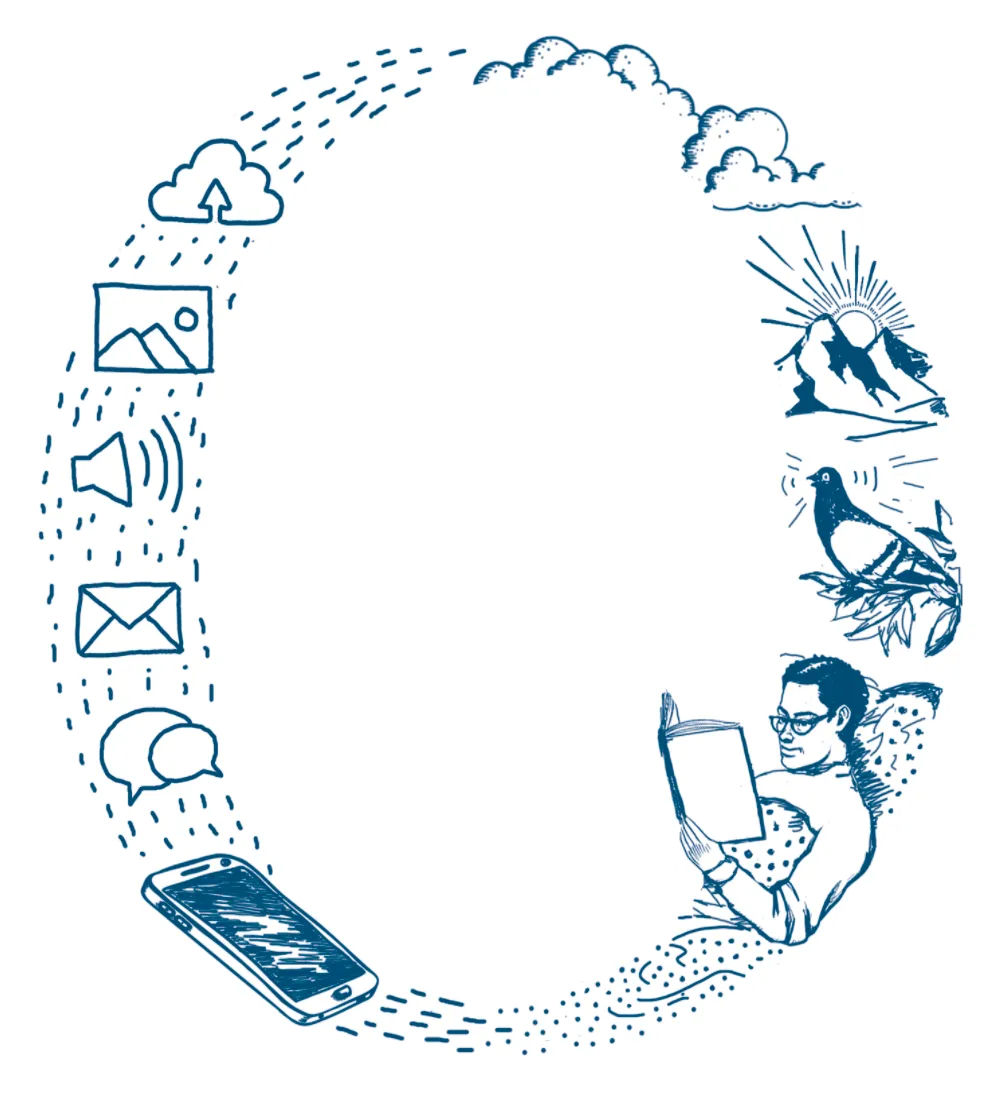
Most of us spend too much time online, the internet dictating our days, and while there are positives to this technology, there are well-researched snares, not least anxiety, depression, sleep deprivation, eye damage and posture problems. Being offline, even just for a short while, is good for our wellbeing.
O is for Offline – mindfulness in nature
P is for Painting

Remember splashing paint on paper with wild abandon when you were a child? Get back to those unbridled moments of focused creativity, drop your grown-up inner critic and rediscover the sheer joy of playing with colours.
P is for Painting: mindfulness in nature
Q is for Quiet

Quiet is to be cherished, as silence has been found to boost creativity and concentration, lower blood pressure and aid sleep; quiet time in nature has been found to be particularly beneficial to wellbeing.
Q is for Quiet: mindfulness in nature
R is for Reading
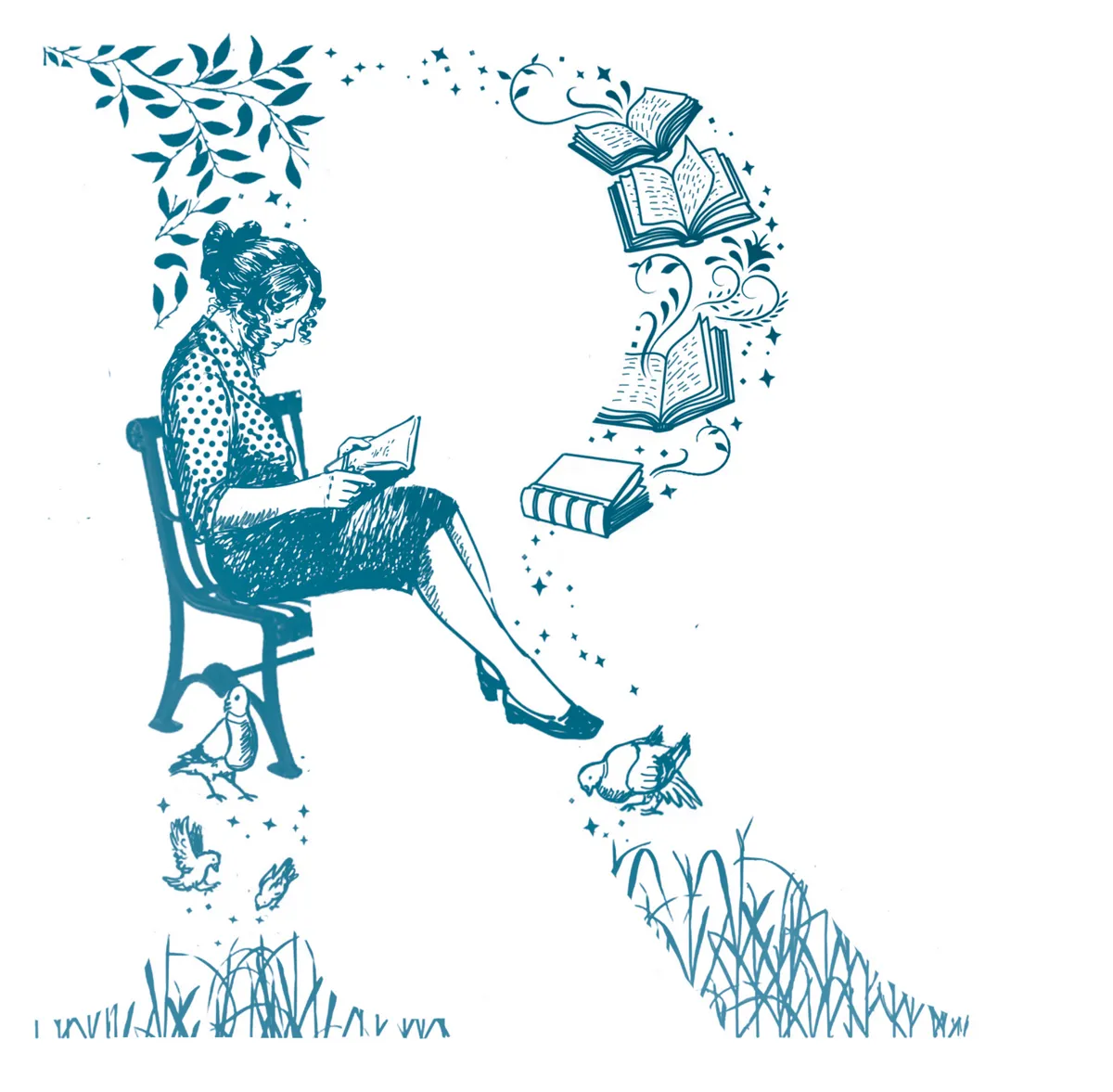
Words fill our daily lives, flash up on screens or shout from the back of buses; so much of our reading is incidental, or backlit on a screen.But reading can offer the perfect opportunity for being fully present and mindful.
R is for Reading: mindfulness in nature
S is for Swimming

It’s hard to beat a refreshing swim outdoors on a warm summer’s day. Whether you prefer swimming in a river, lake, lido or the sea, each holds a different experience and a closer connection to nature.
S is for Swimming: mindfulness in nature
T is for Touch
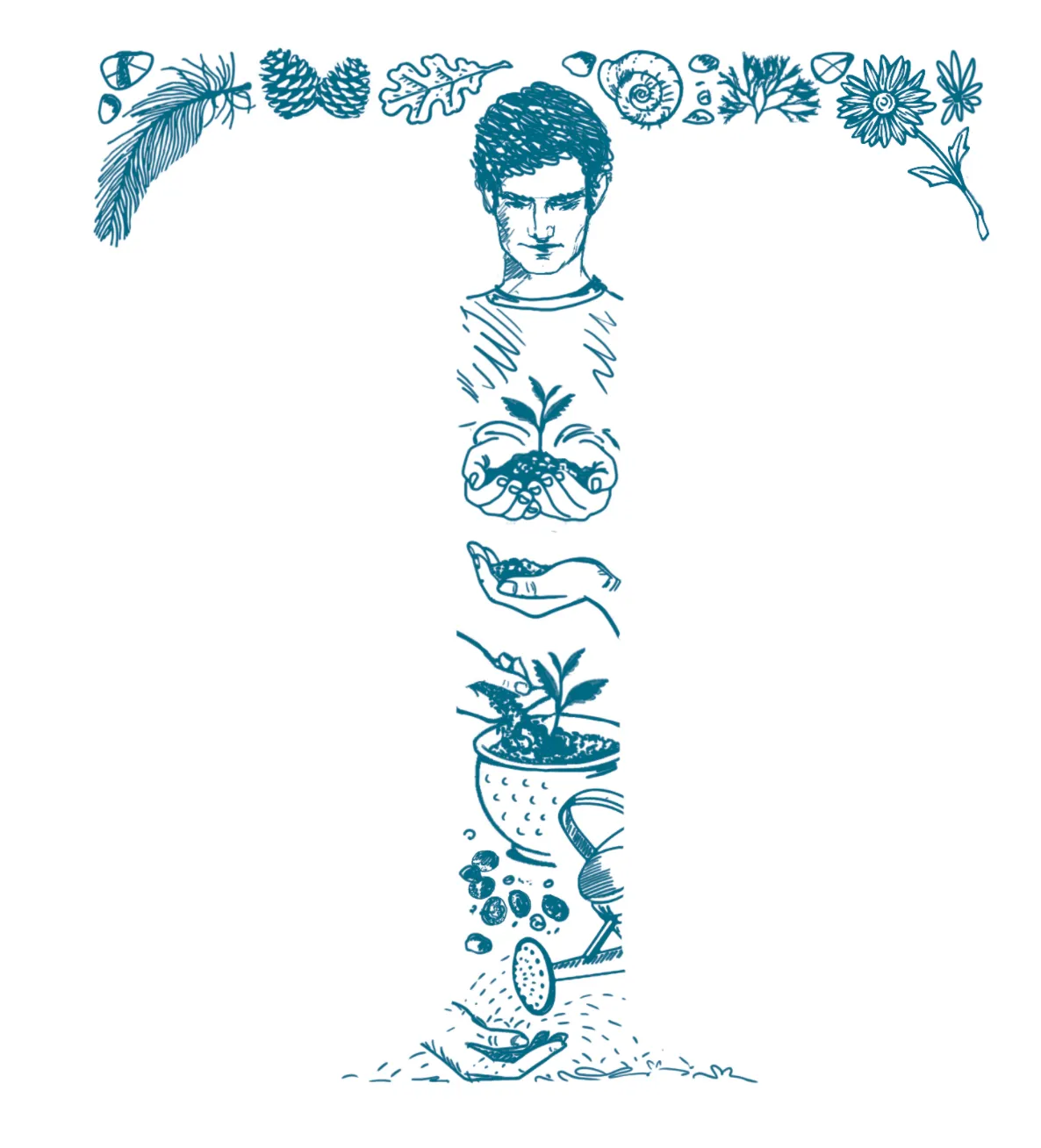
Hold your hand against the furrowed trunk of an old oak tree, brush a feather against your skin or walk barefoot through a meadow. Clichés, yes, but these things really do have a way of making you feel more grounded.
T is for Touch: mindfulness in nature
U is for Unwind
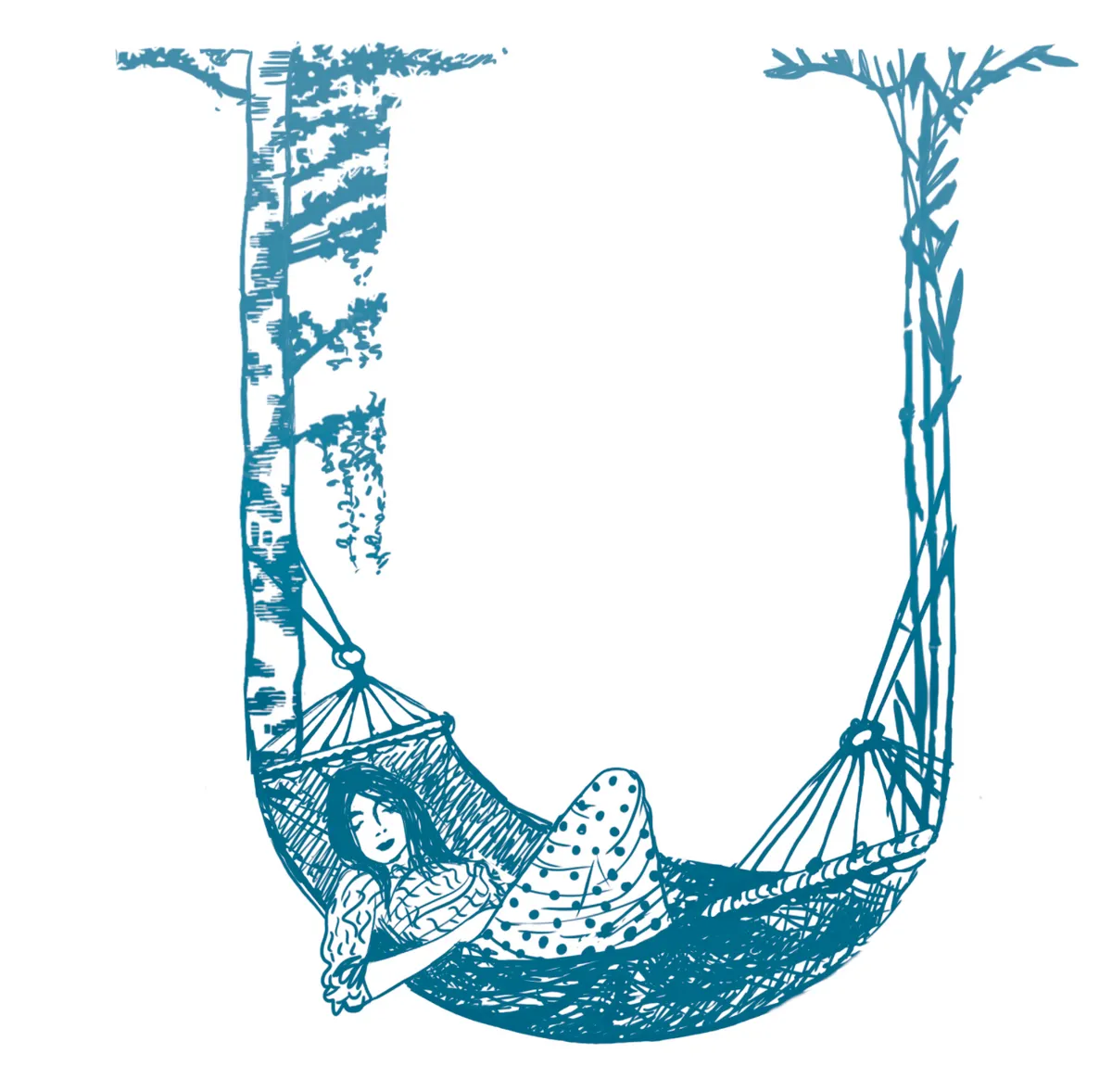
Unwinding in nature, doing nothing, is good for you. It gives you a chance to switch off and recharge, but it also improves concentration, helps you consolidate memories and enables you to be more creative. Write ‘get outside and do nothing’ on a day in your calendar – and stick to it.
U is for Unwind: mindfulness in nature
V is for View

There’s nothing like gaining a little perspective to help clear a crowded mind. And taking this advice literally can be just as powerful as the metaphorical counterpart. Reaching a high vista – be it by foot, bike or car – offers the opportunity to see all that lies before you; distant villages with stretched-out steeples, snaking country lanes and broccoli-head copses. Hills texture the horizon and, above them, a roof of pearl-white clouds. Such vastness softens everyday problems, puts things into perspective and offers us the chance to focus on the present.
V is for View: mindfulness in nature
W is for Wood
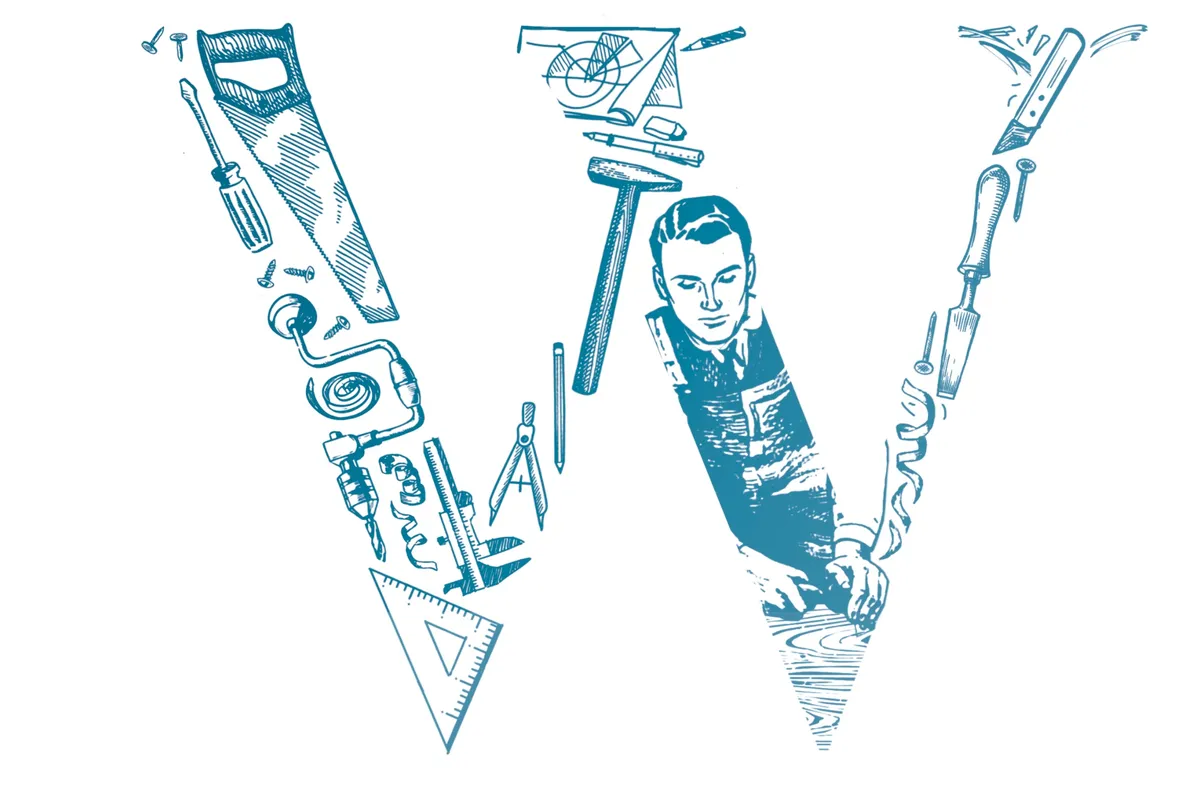
Splitting, sawing, sanding, sharpening – woodwork can be hard on the body, but it’s this very fact that makes it good for us. Such exertion helps improve strength, endurance, body control and hand dexterity. Working with wood also exercises creative prowess and problem solving, which is proven to ease feelings of anxiety and depression.
W is for Wood: mindfulness in nature
X is for Xmas

Present-wrapping, potato-peeling, dishwashing, in-law entertaining, turkey-basting, charade-playing, pudding-preparing, wine-mulling… Christmas can be hectic. For some, this festive frenzy adds to the charm, but there is often little time to pause and absorb the moments that make the day special.
X is for Xmas: mindfulness in nature
Y is for Yoga
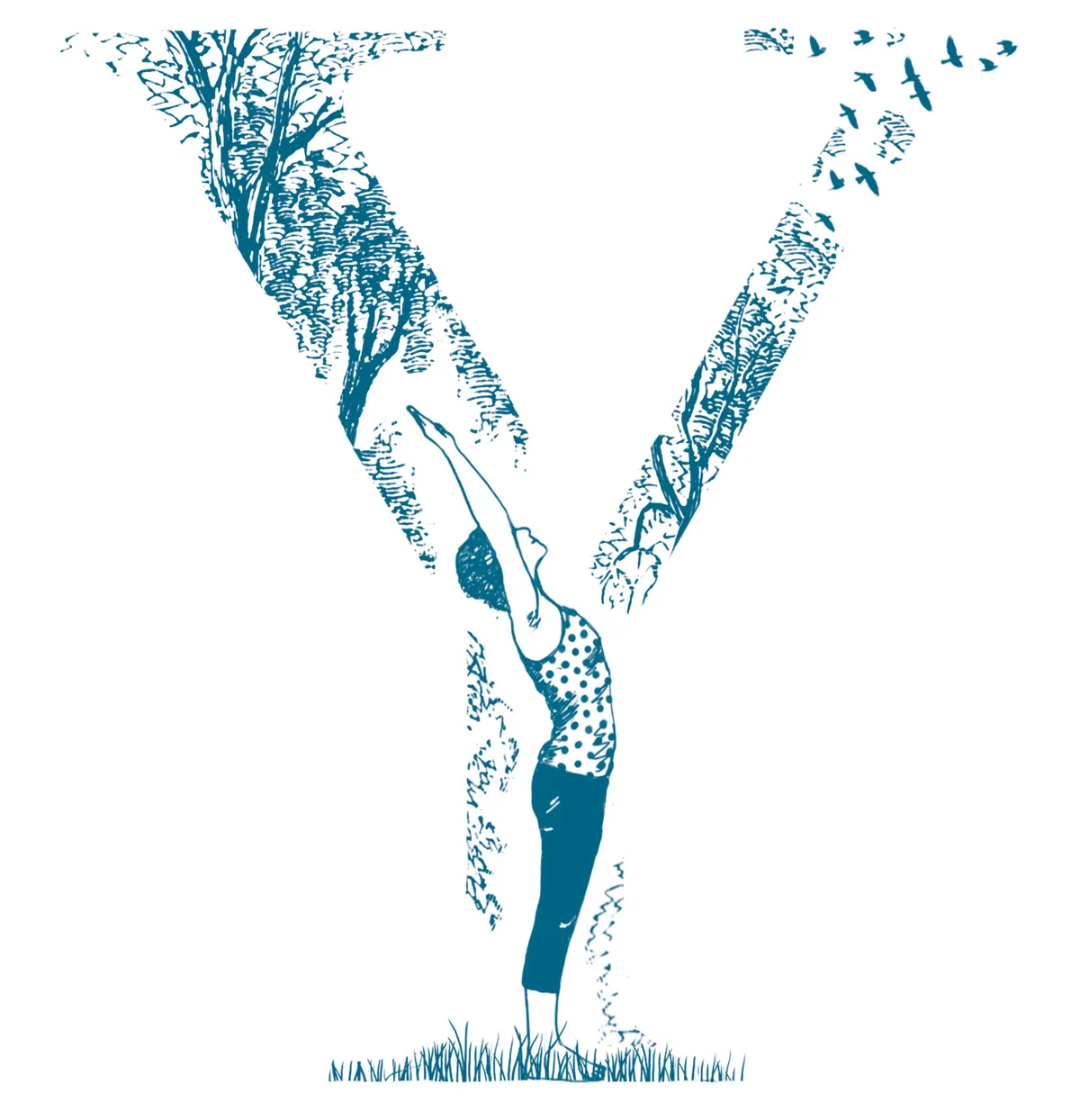
Yoga postures (asanas) are designed to align and calm the body, mind and spirit in preparation for meditation; moving through each posture in synchronisation with your breath requires awareness and being present in the moment.
Y is for Yoga: mindfulness in nature
Z is for Zen
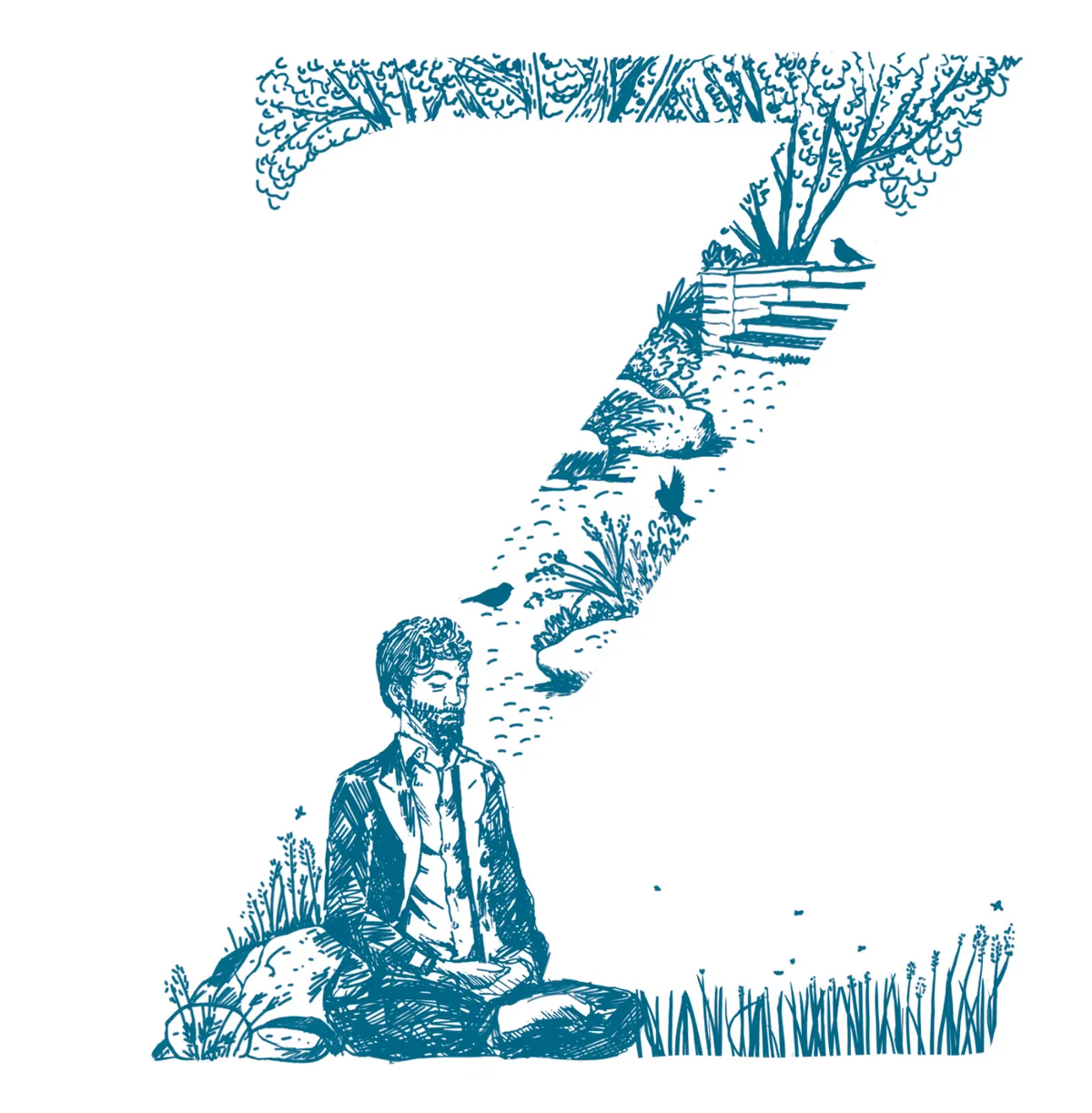
When life seems chaotic, overwhelming and overstimulating, the ancient concept of Zen may help you find a sense of peace, calming awareness and oneness with the world.
